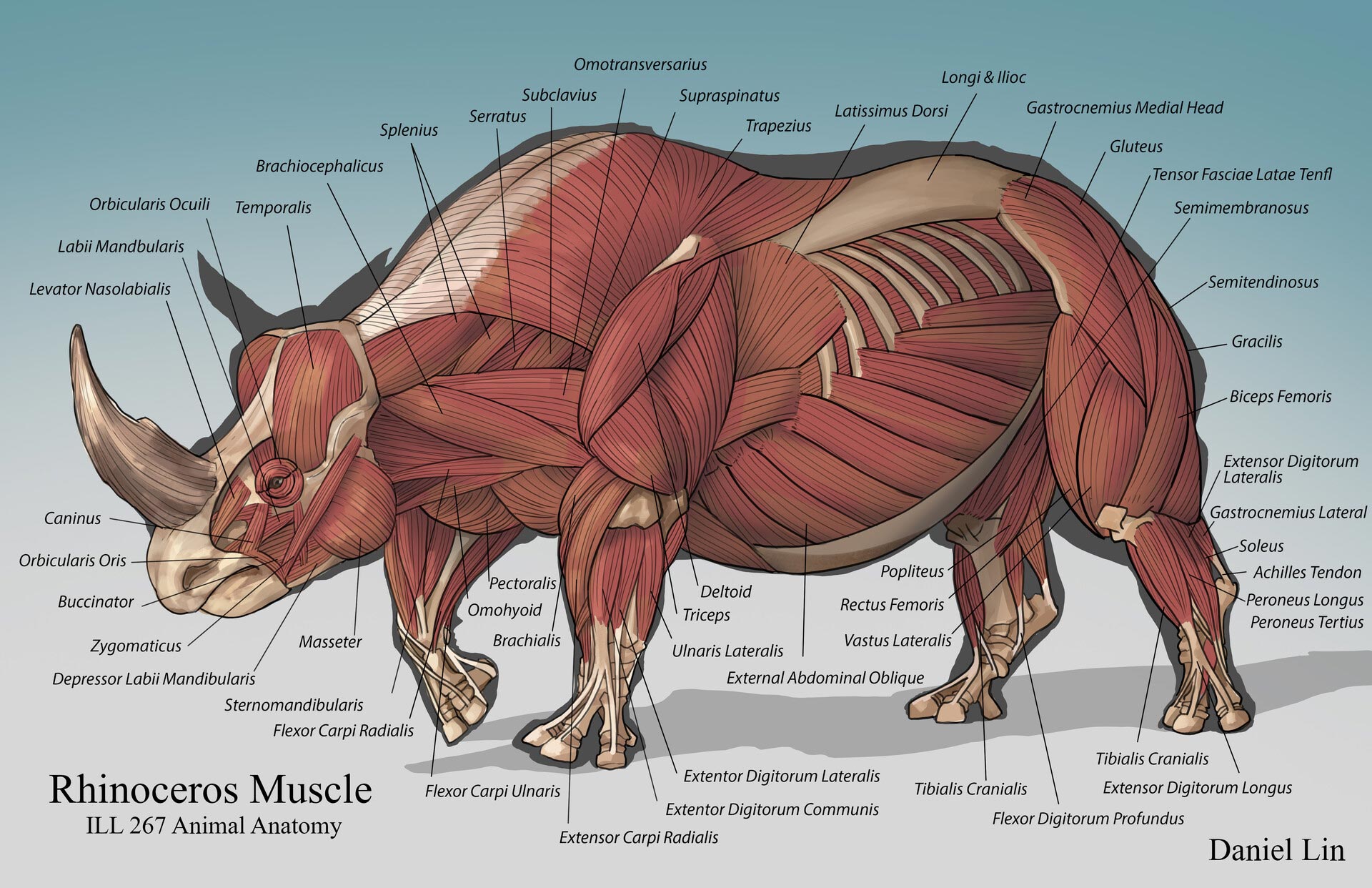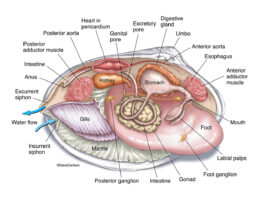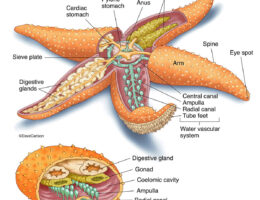Like all mammals, rhinoceroses have a muscular system that is responsible for movement and support of the body. The muscular system is composed of three main types of muscle tissue: skeletal, cardiac, and smooth.
The skeletal muscles are the muscles that are attached to the bones and responsible for voluntary movement. In rhinoceroses, these muscles are particularly well developed in the legs, neck, and shoulders, as these are the areas that are most important for movement and support of the body.
The cardiac muscle is a specialized type of muscle tissue that is found only in the heart, where it is responsible for pumping blood throughout the body. The cardiac muscle of a rhinoceros is similar to that of other mammals, and is adapted to the high demands of a large, active body.
The smooth muscle is found in the walls of the internal organs, such as the digestive system and the blood vessels. These muscles are responsible for involuntary movement, such as the contractions of the stomach during digestion or the dilation and contraction of blood vessels.



